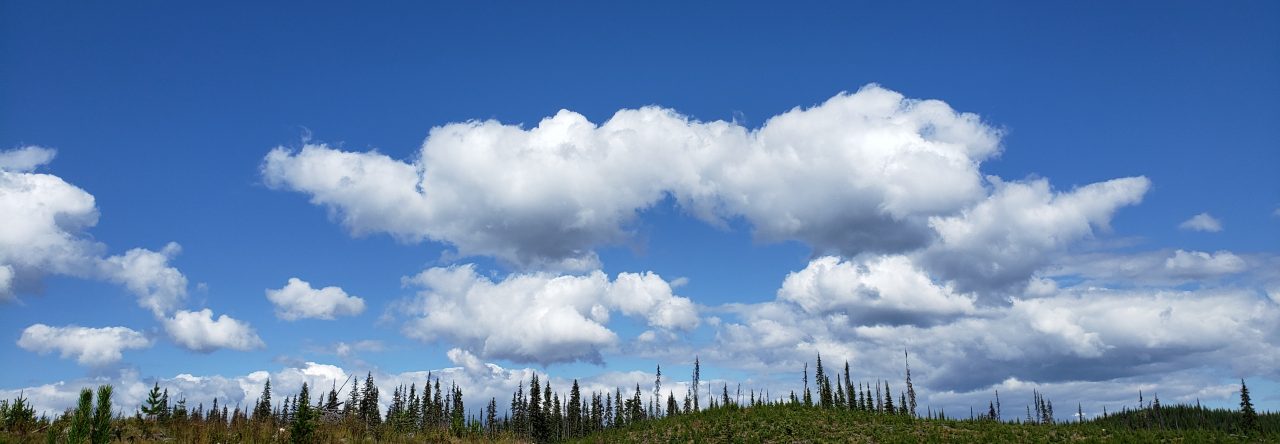Originally published as a column in the AM News on Friday, June 6, 2014
A few days ago some of our neighbours had a garage sale. A bit of a slow day, that Saturday, they did not get many customers. At the end of the day, they left a few things on the lawn with a ‘Free’ sign attached. Among them, a vacuum cleaner and a TV set.
Three days later, the TV set is still on the lawn, the ‘Free’ sign fading away as we speak. It’s in great shape but it lacks flatness (the irony…), so no one wants it. It has survived the last night’s thunderstorm and the scorching heat during the last few days.
And why would anyone want it anyway. Free is yesterday’s bargain. Worthless, or so it seems. Today an item has to be either antique-looking or brand spanking new to be taken into consideration.
Yet an uncomfortable thought surfaces as I write this. Where’s this TV set going to go now? Dump? Perhaps not yet, but a few more days of being subjected to the elements will render it broken and thus useless. And then what? Then it’s the dump.
Think of how many TV sets are there already and how many will join the ranks of broken paraphernalia soon. Unless they’re all being sent to some third world countries for the kind of recycling that we would not get close to – too many toxic chemicals and heavy metals to meddle with – but hope someone will.
New models of everything, from trucks to TV sets to children’s electronic gadgets come out every year. From one day to the next, the truck or car seems to make an odd sound and may not be worth fixing but replacing altogether, the TV screen could be a bit bigger, and the kid’s toy… well, the new games just won’t fit. So there.
Everything new is made with resources, mostly non-renewable ones.
Every few days a new mine project surfaces and location details are unsettling. Like this morning when I caught the tail end of a news piece about a new mine nearby, the Ruddock Creek Mine. To be opened, should the environmental and safety assessment deem it doable, near the headwaters of Adams River.
Yep, the one I learned about as soon as we moved to Kamloops; I learned that every four years it gets so full of spawning sockeye it turns red. Millions of them, I was told about the numbers many witnessed in 2010. So the 2014 will be another big one. What about 2018? Or 2022?
Our own Ajax conundrum takes us on a dance of back and forth that tugs at our minds mixing the needs and wants in such ways that we don’t know what’s what and whether we need it… Tailings here or there, the thing is, mines to be opened or reopened near communities need to be properly assessed. No shortcuts, no misleading information. Transparency.
It’s not paranoia or some mad environmental activism, but fear of what’s to become of this province in a few years should all the projects be freely approved. The Northern Gateway Pipeline assessment was described as ‘flawed analysis’ by 300 Canadian and US scientists in an open letter to PM Harper just days ago. The project should not be approved, they strongly urged.
Economic growth goals make sense as long as they don’t destroy the very grounds they rely on to happen. We need jobs, people need oil and copper and gold and zinc and they’ll need more because more is never enough these days. But when the goal is mainly exporting and the jobs not that numerous, is it truly worth it? For who?
Some of the above resources were used to make the TV set that sits on my neigbours’ lawn. What gives?
That we need things as we go through life is true, just like it is true that a country cannot rely solely on its own set of natural resources to mine and use. Some will come from somewhere else and some of ours will go somewhere else too.
Yet during the planning for mining, transporting and using of resources, the health of land and people cannot be dismissed or brushed over in flawed and incomplete assessments.
It comes to what we’re willing to live with. If you spill a bucket of oil in your garden, how long till you’re comfortable to let your pets or children walk around? How long till you trust that patch of land to grow your veggies in?
The TV set I pass by on my way to downtown is a sad reminder that we do live with the consequences of our actions. This one is just more visible that’s all.







